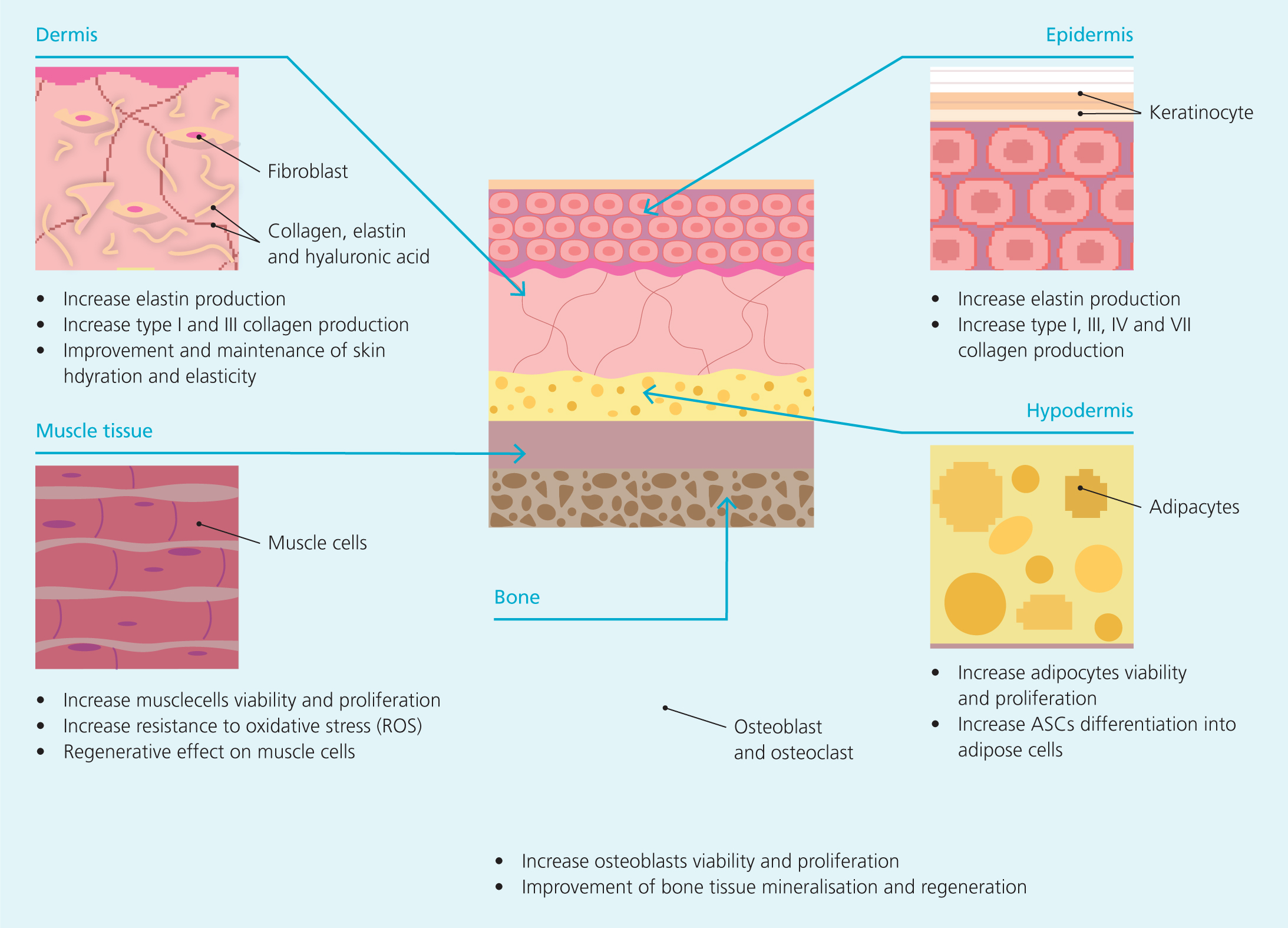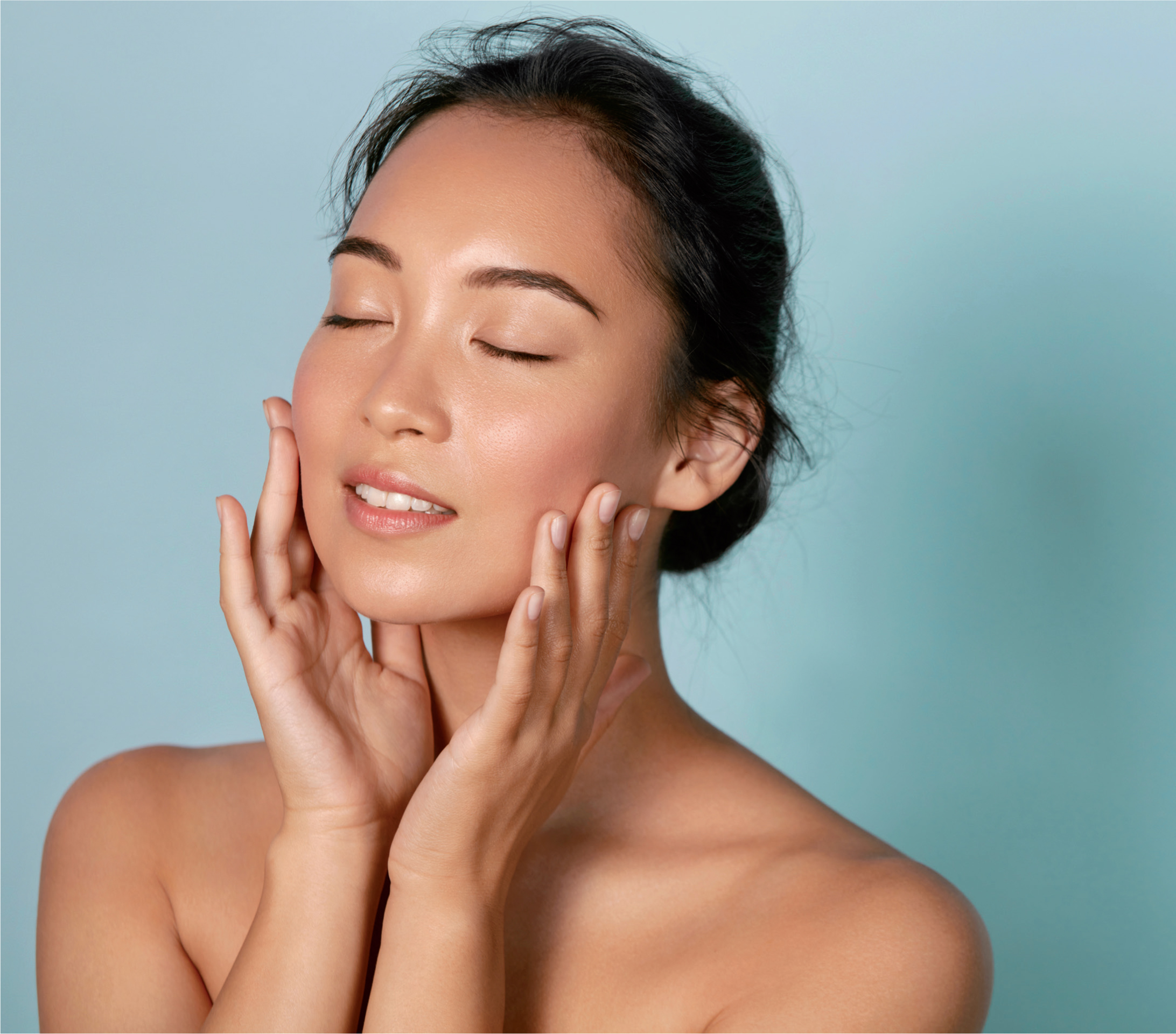

In recent months, I have integrated Profhilo Structura, a newly launched skin treatment created by IBSA Derma into my practice. Profhilo Structura uses stabilised hybrid cooperative complexes (HCCs) of high and low molecular weight hyaluronic acid (HA) to promote bio-remodeling (Vassallo et al, 2024). This treatment is unique in its ability to both lift and firm skin while enhancing hydration levels (Humzah et al, 2024; Sparavigna et al, 2024). Over the past few months, I've treated multiple patients with this innovative product, and I am eager to share my observations and insights on its impact on skin laxity, patient selection, and overall treatment outcomes.
This case study focuses on one of my initial patients treated with Profhilo Structura. The patient is a 54-year-old female with Fitzpatrick skin type II, presenting with mild sun damage and facial dyschromia, as well as mild to moderate laxity in her lower face. Nine months prior, she had undergone a comprehensive facial rejuvenation with dermal fillers, which effectively enhanced her facial contours and provided volume where needed. However, with little additional improvement possible through fillers at this stage, her primary concern now was the residual sagging to the lower face, which had become more noticeable recently.
In this case study, I will walk through the treatment process, detailing the specific application techniques used and the outcomes observed with Profhilo Structura. The focus will be on demonstrating its regenerative benefits, especially in addressing skin quality and laxity which can be challenging areas in aesthetic practice (Humzah et al, 2024). Through this case, the potential of Profhilo Structura to provide subtle yet impactful rejuvenation will be highlighted, emphasising its role as a valuable tool in my aesthetic practice.
The science behind Profhilo Structura
Profhilo Structura differs from traditional dermal fillers by stimulating bio-remodeling rather than adding volume (Humzah et al, 2024). This is achieved through its HCCs, which combine high and low molecular weight HA to stimulate collagen and elastin production. The unique formulation encourages both structural support and tissue hydration, counteracting age-related laxity and hollowing (Sparavigna et al, 2024). Additionally, high and low molecular weight HA work synergistically to create a more even distribution within the skin, contributing to a uniform, natural appearance (Vassallo et al, 2024). Cassuto et al (2023) demonstrated that the inclusion of HCCs in Profhilo Structura promotes cellular activity and optimises HA's regenerative effects, improving both dermal elasticity and skin firmness These findings align with current trends in aesthetic medicine, where treatments are increasingly focusing on enhancing the body's own regenerative capabilities (Humzah et al, 2024).
Assessment
I conducted an initial consultation that included a detailed medical history, addressing previous aesthetic treatments, allergies and any underlying health conditions. Following this, a comprehensive facial analysis was performed to assess volume loss, skin changes and laxity, with baseline clinical photography taken for documentation. Clinical photography is vital, as it provides a consistent reference point to objectively track treatment outcomes and progress over time, allowing both practitioner and patient to evaluate the effectiveness of the interventions (Wollina et al, 2017).
We discussed the patient's goals, assessed her skin condition, and developed a treatment plan based on her preference for natural-looking results. Accordingly, we agreed on two sessions of Profhilo Structura spaced four weeks apart, which is recommended to boost bio-stimulation and gradual improvement of the tissues (Wollina et al, 2017).
The patient opted for Profhilo Structura over traditional dermal fillers at this time, valuing its regenerative and rejuvenating effects. Additionally, a follow-up at six months was scheduled to monitor her progress and discuss maintenance options.
Treatment planning
The role of the superficial fat compartments in facial aesthetics, as highlighted by Schenck et al (2018), is essential for preserving youthful contours and smoothness. Unlike deep fat pads, which provide foundational support, superficial fat layers directly influence skin texture, contour continuity, and subtle volume distribution. Over time, age-related volume loss and tissue descent in these compartments lead to visible sagging and contour irregularities that profoundly affect facial harmony (Cotofana et al, 2016).
Recognising this, IBSA Derma recommends classifying patients as either ‘sinkers’ or ‘saggers’ during the initial assessment. This classification helps tailor treatments by recognising that ‘sinkers’ tend to lose volume and look hollow while ‘saggers experience descent and a sliding forward of the superficial layers. By differentiating between these two aging types, practitioners can develop a more targeted and effective treatment plan that considers the unique needs of each patient's facial structure and aging pattern.
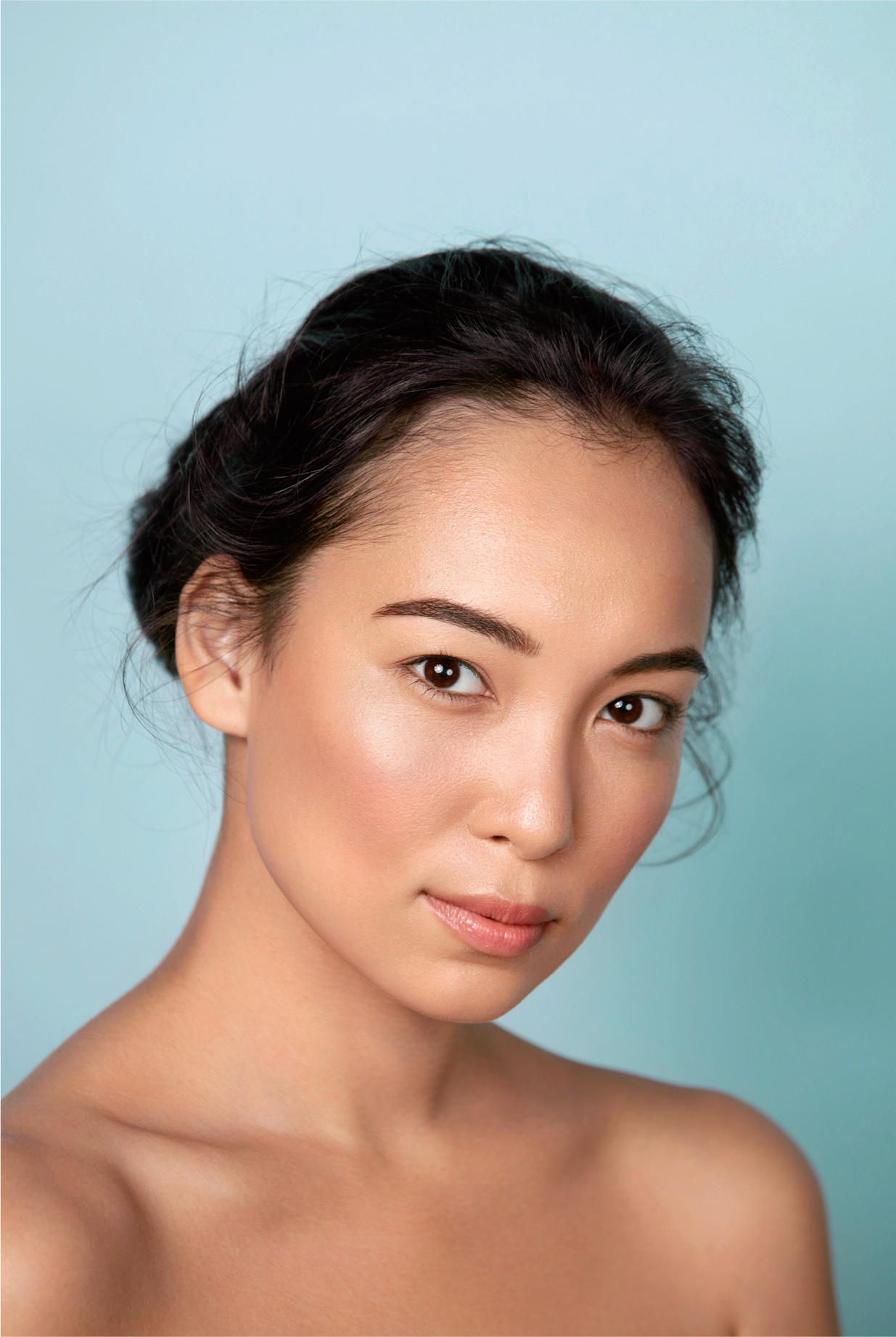
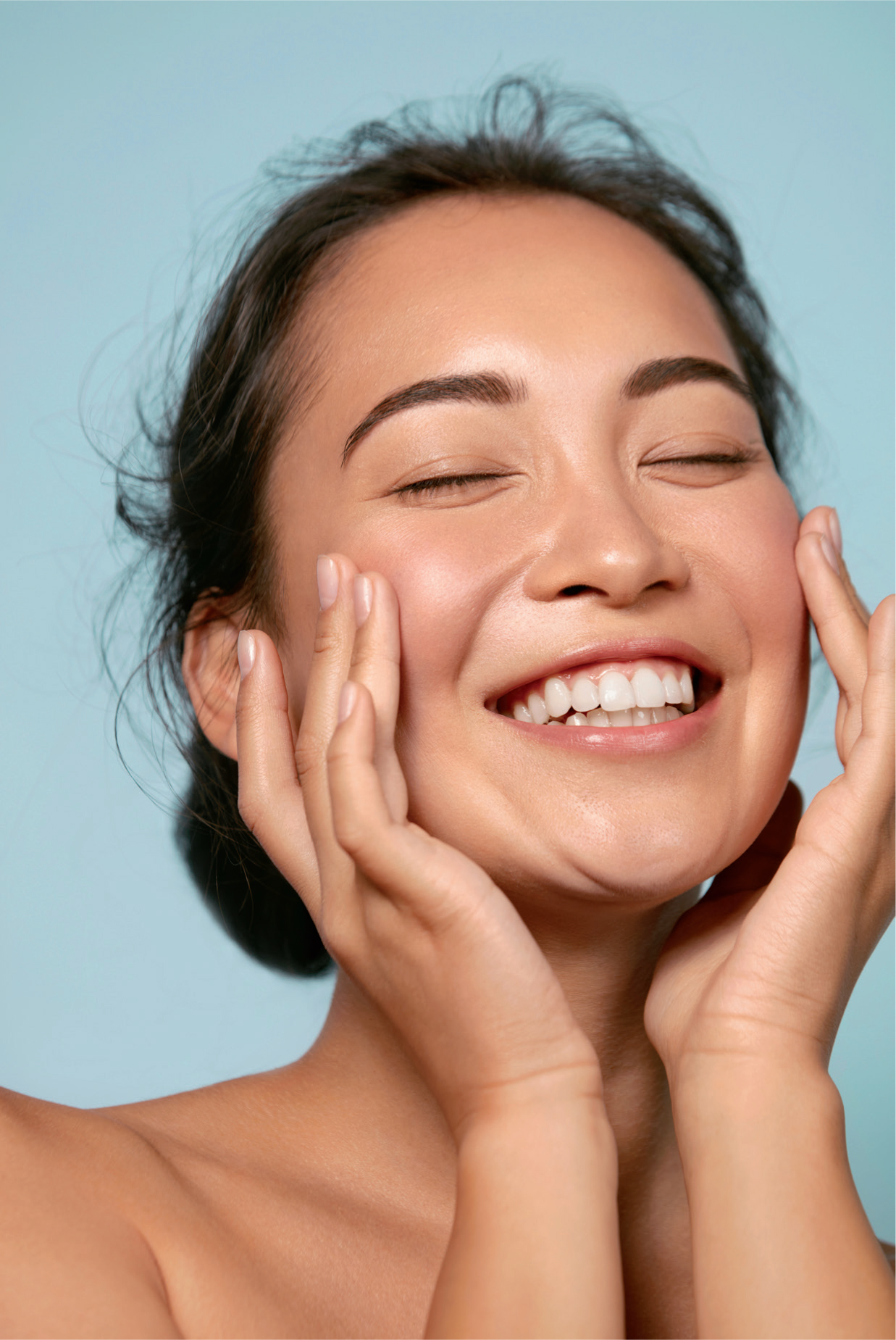
Sinkers
Characteristics:
Saggers
Characteristics:
In this case study, I classified my patient as a sagger due to noticeable tissue descent and mild skin laxity. This classification allows me to administer a targeted Profhilo Structura treatment that addresses her specific needs, optimising the product's bio-remodeling effects for natural rejuvenation.
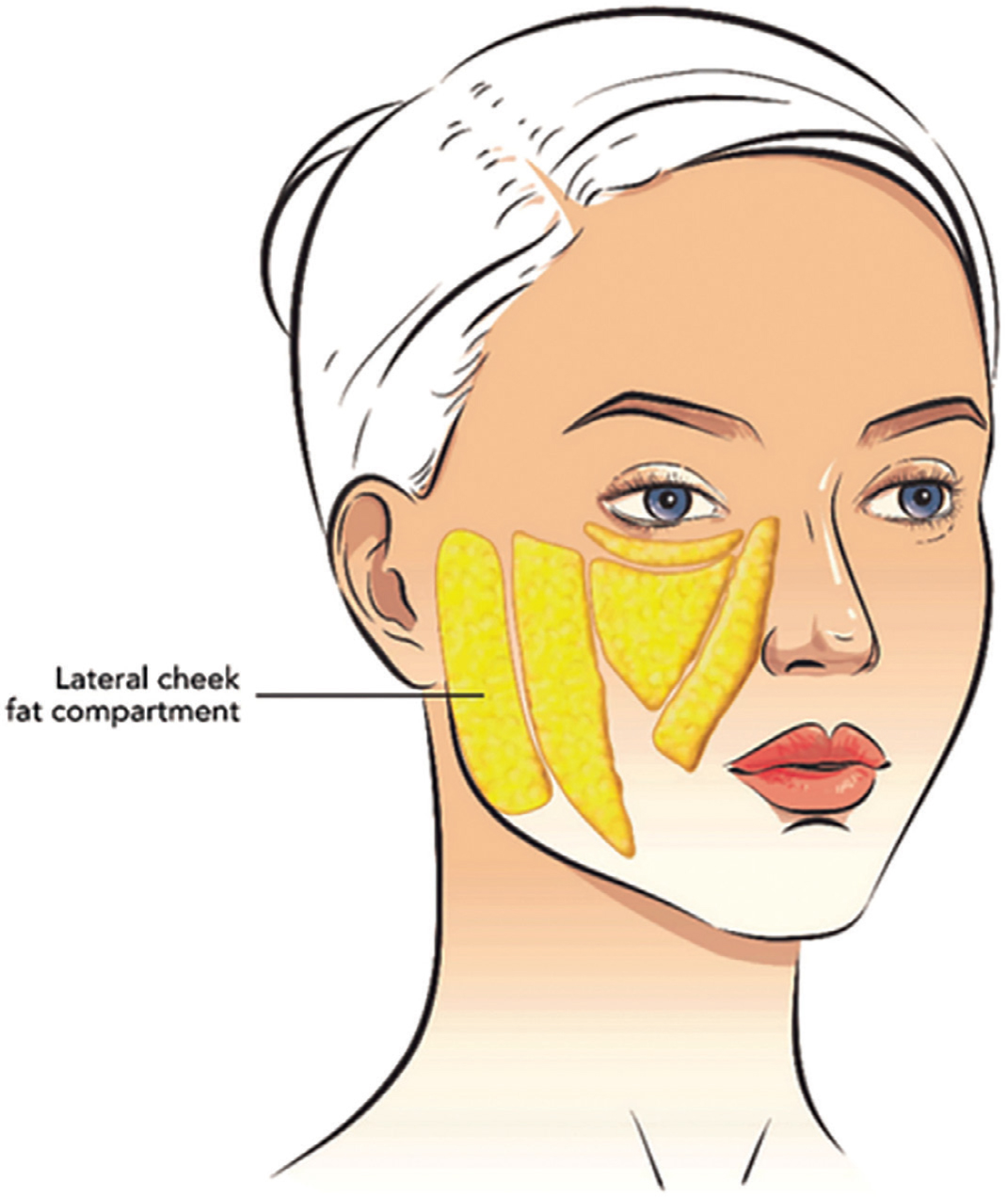
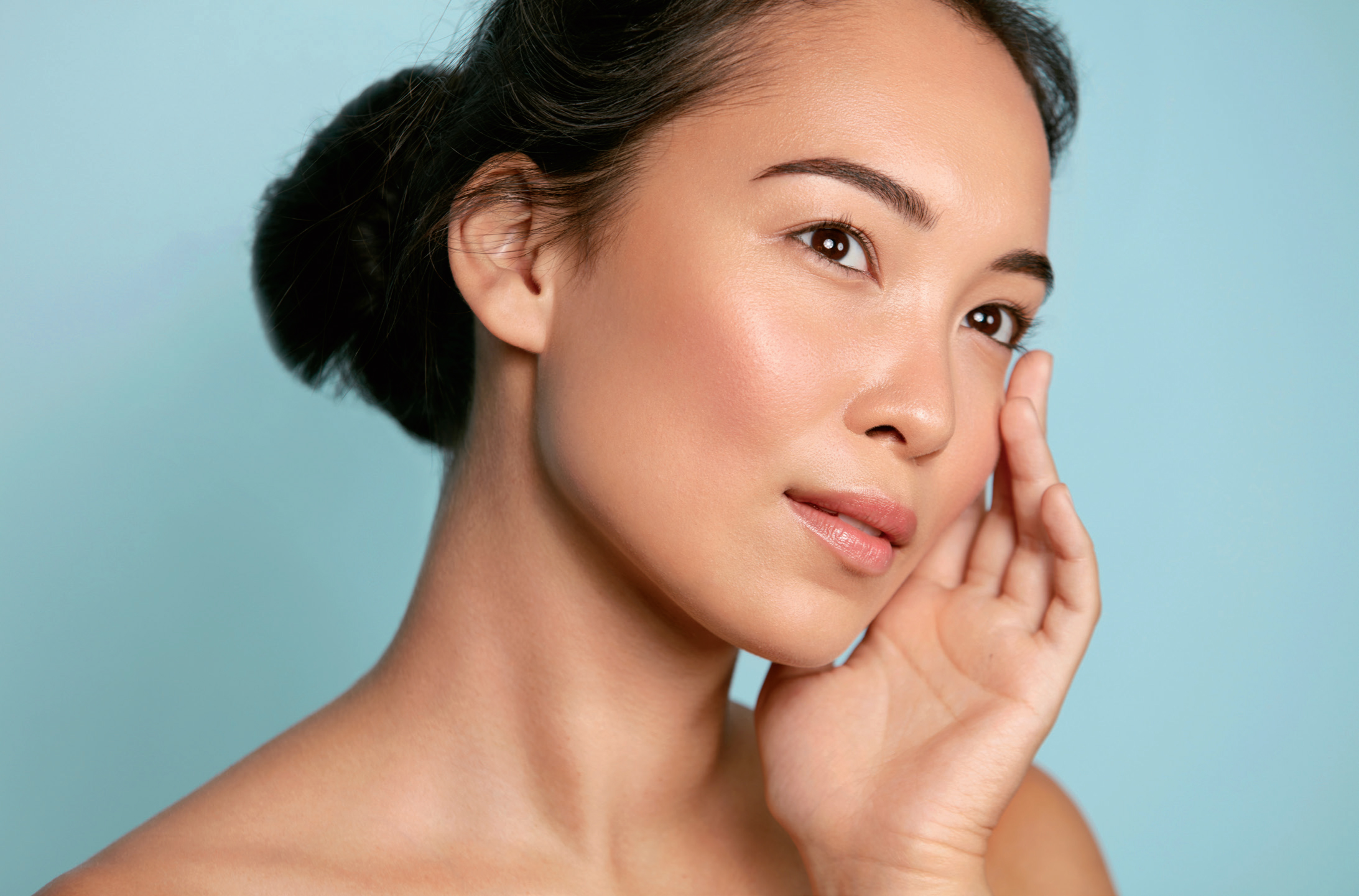
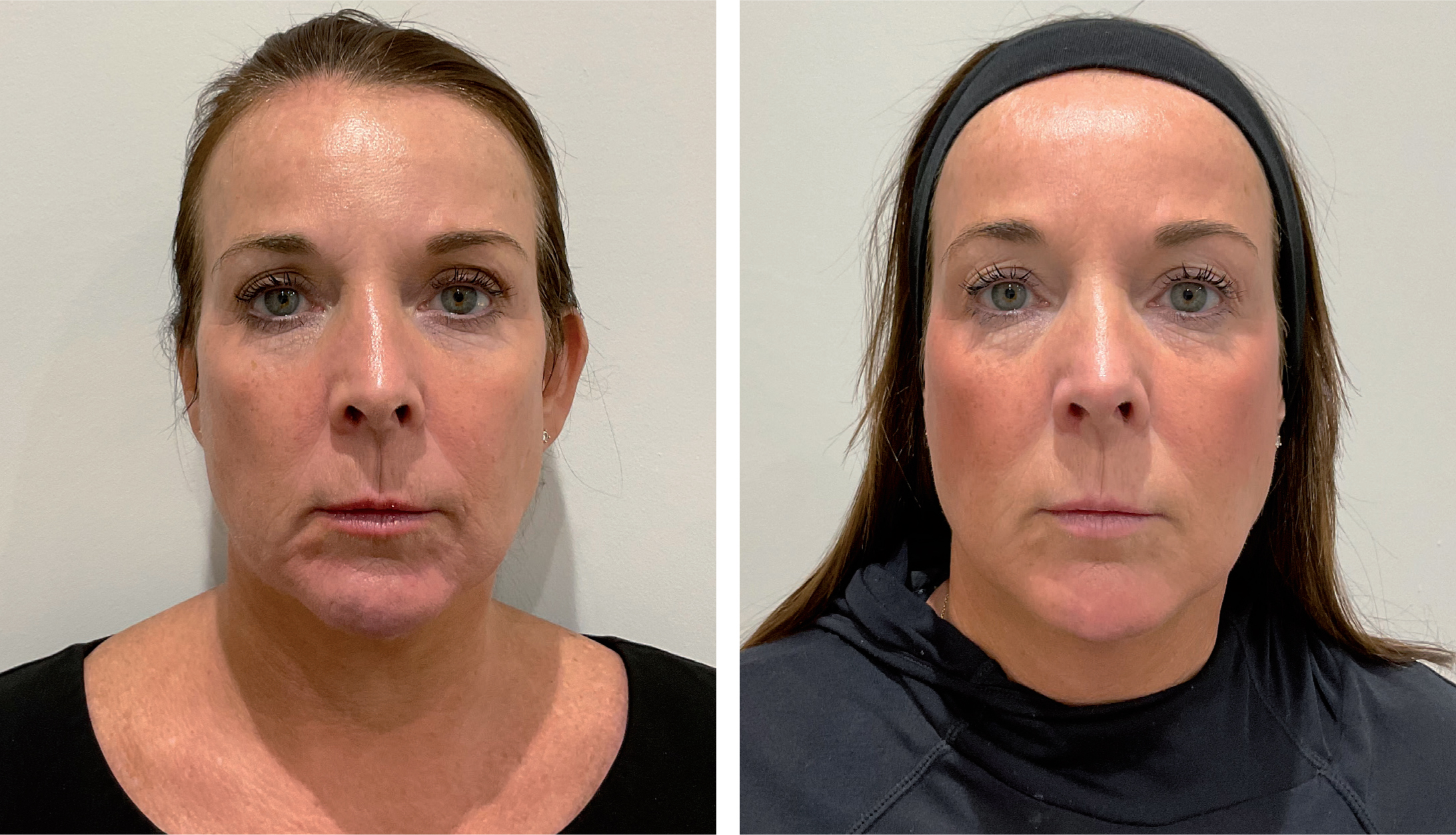
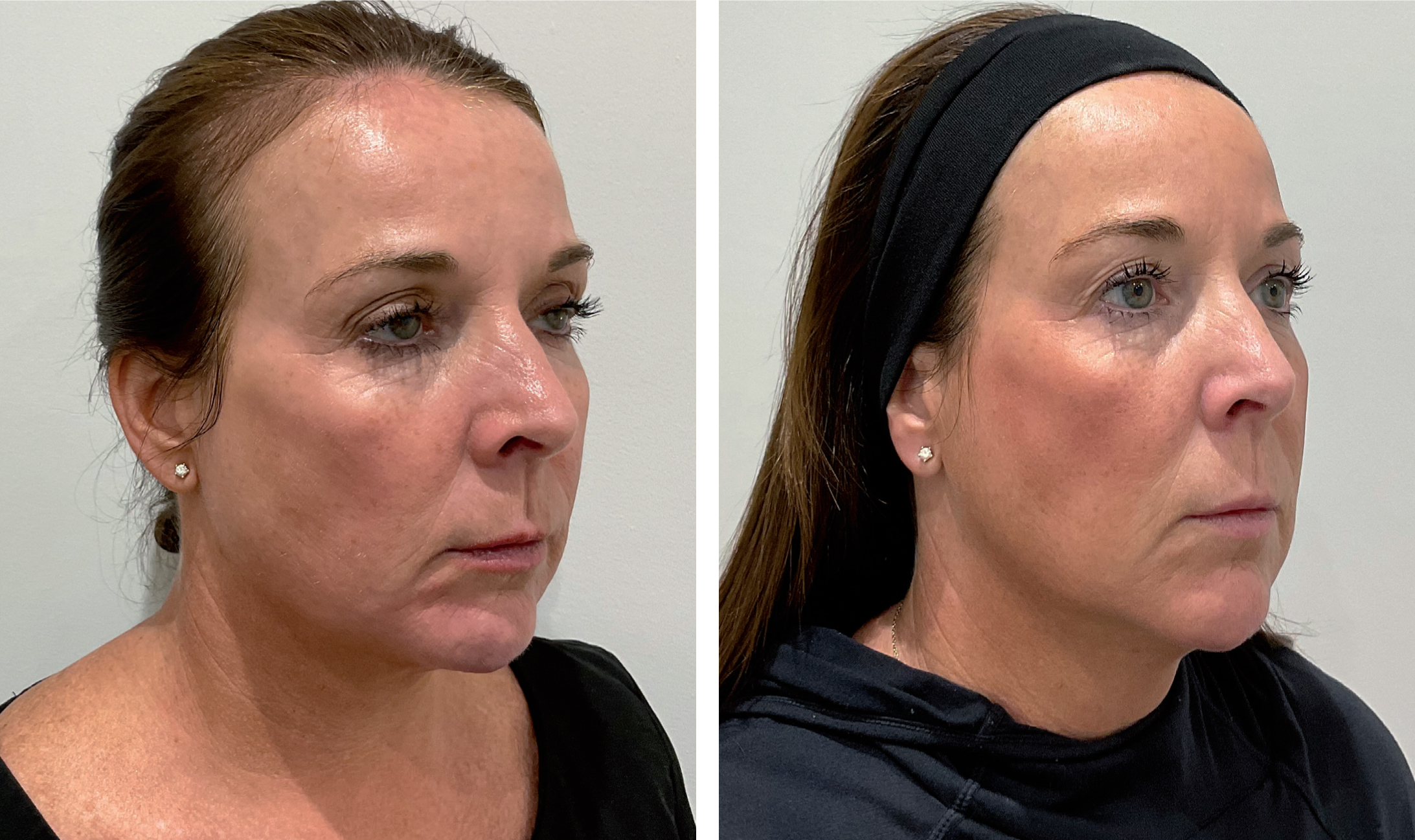
Treatment application
For this treatment, I used a 22-gauge, 50mm cannula, selected for its ability to deliver precise product placement with minimal extrusion force, reducing strain on my hands. After cleansing the skin, I applied a topical anaesthetic to minimise discomfort, left it on for 15 minutes and then marked the treatment areas for accuracy.
I created an entry point 3cm medial from the tragus using an introducer needle, then advanced the 22-gauge cannula through the superficial fat, taking care not to puncture the SMAS layer. The smooth glide of the cannula confirmed proper placement in the correct plane.
I administered 0.5ml of Profhilo Structura inferior to the zygomatic arch in a slow retrograde linear thread and another 0.5ml perpendicular in the pre-auricular subcutaneous fat, entry was at approximately 3cm from the tragus on each side. Careful attention was given to avoid major vascular structures and the parotid gland, stopping 1cm superior to the gonial angle for optimal safety and precision. This slow, steady approach allowed for precise product placement and even distribution.
For patients characterised as sinkers with prominent hollowing, the sinker technique differs and targets the preauricular area only to restore volume. This approach involves injecting 1ml in a precise, straight line medial to the tragus, solely in the preauricular region. This placement specifically addresses hollowing by enhancing volume in the area without diffusing into broader regions, making it an effective and controlled approach for hollowed facial profiles.
During and after the procedure the patient reported minimal discomfort, rating it a 2/10 on the Numeric Rating Scale (NRS) (Farrar et al, 2001), with only a brief stinging sensation that quickly subsided.
Results
The patient returned for evaluation 4 weeks following her second session, showing notable improvements in skin firmness and radiance. Her lower face appeared visibly lifted, and the skin texture felt smoother and more hydrated. These results can likely be attributed to Profhilo Structura's bio-stimulation of collagen and elastin synthesis, which improves dermal density and firmness (Vassallo et al, 2024; Sparavigna et al, 2024). The minimal downtime and mild side effects associated with this treatment contributed to her satisfaction and comfort.
Discussion
In my experience, Profhilo Structura has proven to be a highly effective tool in regenerative aesthetic medicine, offering a non-invasive solution for natural-looking skin rejuvenation. Unlike traditional dermal fillers, Profhilo Structura focuses on enhancing skin quality by providing subtle lifting without adding volume (Sparavigna et al, 2024). This makes it particularly suitable for patients who prefer a more refreshed appearance rather than dramatic changes or who are looking for a complement to other treatments in a multimodal approach. Its biocompatible formulation facilitates gradual tissue remodeling and deep hydration, leading to significant improvements in skin texture and elasticity over time (Cassuto et al, 2023; Sparavigna et al, 2024). The patient in this case study appreciated the subtle enhancement that aligned perfectly with the regenerative effect of Profhilo Structura, resulting in noticeable yet natural-looking improvements (Humzah et al, 2024). This approach highlights the growing demand for treatments that focus on restoring skin health while preserving a natural, youthful look.
Outcomes and observations
From my initial experiences with Profhilo Structura, several key benefits stand out:
Profhilo Structura's unique HCC formulation offers a balanced approach, combining lifting, hydration, and texture improvement, which complements and enhances the results of traditional filler treatments. For patients seeking rejuvenation without added volume, Profhilo Structura provides an effective option with minimal downtime and a natural aesthetic outcome.
Clinical benefits of Profhilo Structura
The HCC structure of Profhilo Structura provides several advantages over other HA-based products, making it suitable for patients experiencing signs of aging, such as volume loss and skin laxity.
Key benefits include:
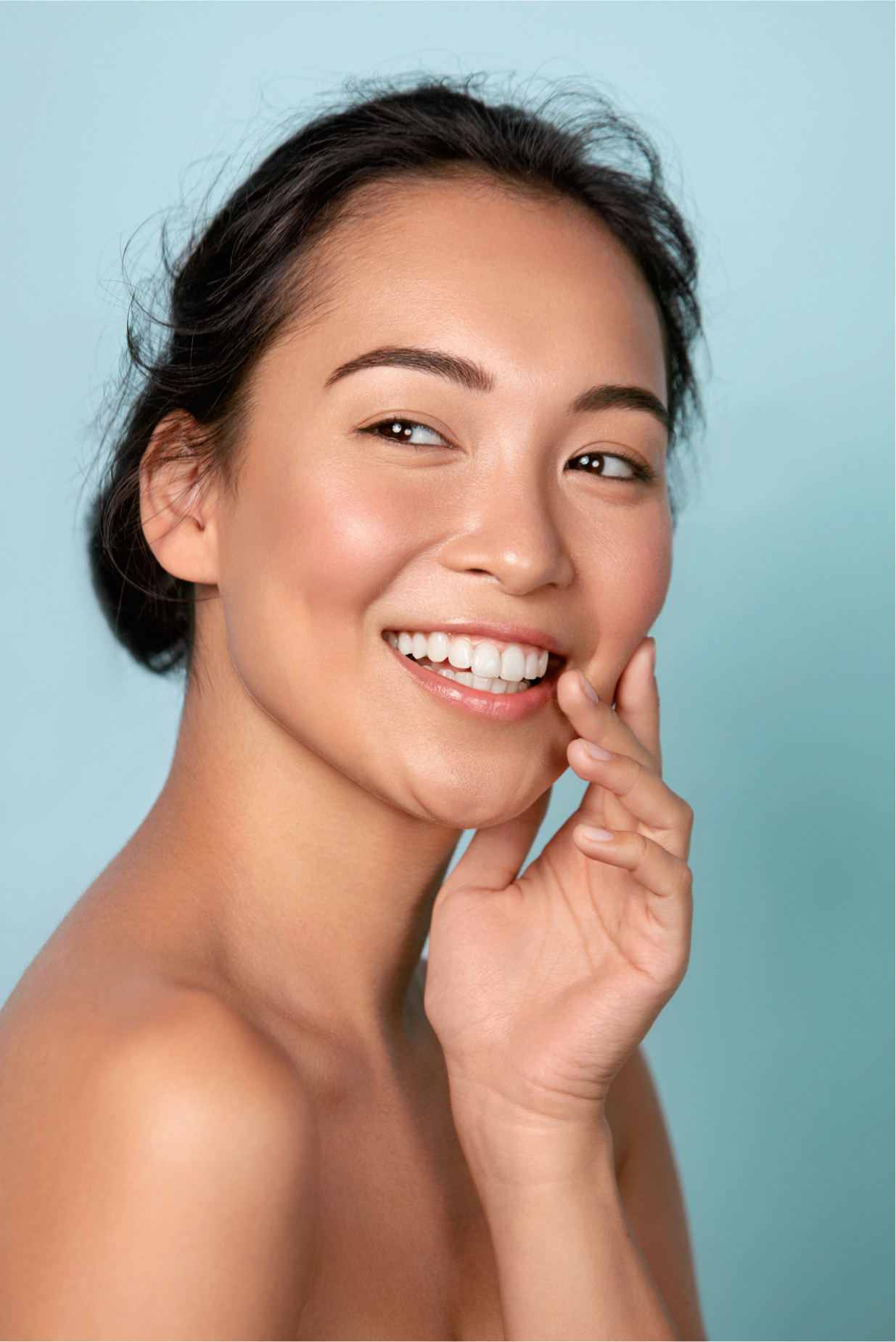
Take-aways
Integrating Profhilo Structura into my practice has provided valuable insights into both the technical and procedural aspects of administering this innovative treatment.
Here are the key learning points from my experience:
By adhering to these learning points, I can enhance my technique, improve patient safety, and ensure optimal outcomes when using this modality.
Conclusion
Profhilo Structura has proven to be an invaluable addition to my treatment portfolio, delivering both immediate hydration and bio-remodeling, alongside long-term structural enhancement. Its ability to support tissue regeneration and improve skin quality makes it an appealing option for patients seeking subtle, natural rejuvenation. By incorporating Profhilo Structura into my practice, I can offer a treatment that stimulates and supports the skin's regenerative processes, creating a fresh, youthful appearance with minimal intervention. Additionally, Profhilo Structura is versatile, capable of being used alone or in combination with other injectables and modalities. This adaptability allows for tailored treatment plans, addressing both superficial and deeper structural concerns. Profhilo Structura can enhance and complement other treatments, providing a holistic approach to facial rejuvenation. This flexibility ensures that each patient receives a personalised, effective treatment plan that delivers optimal results.
